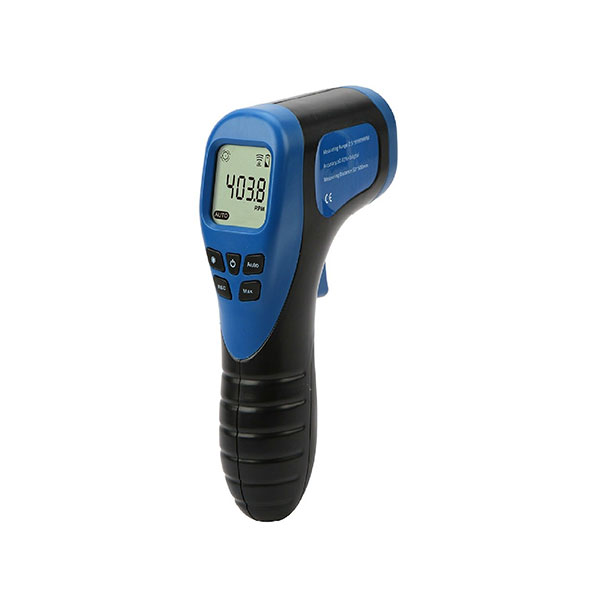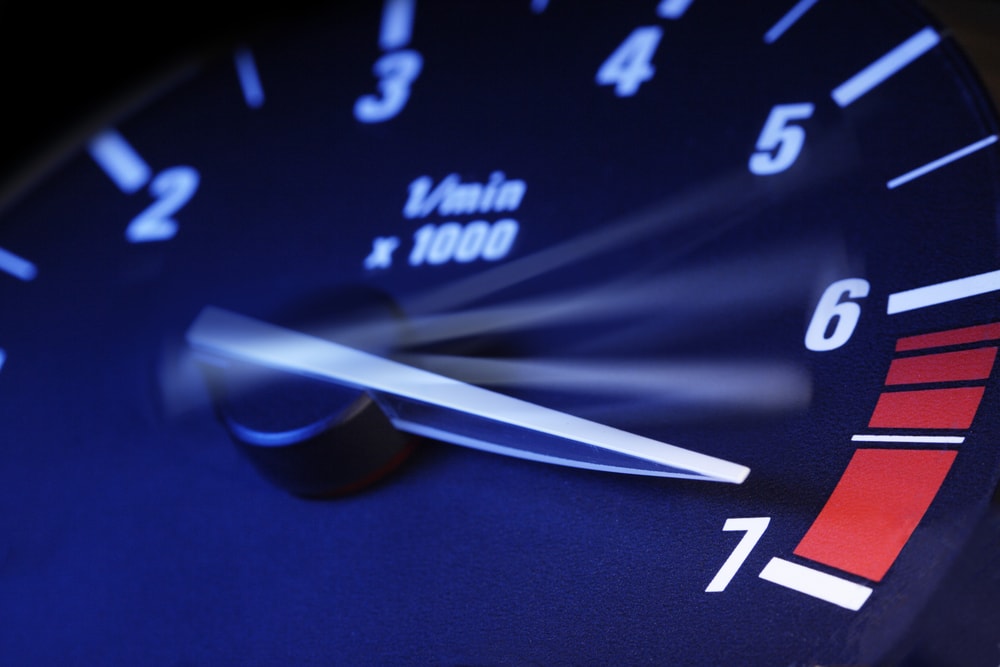Unlocking the Keys of Tachometers: Everything You Required to Know About This Crucial Tool in Your Car
Comprehending the complexities of tachometers can provide beneficial understandings right into your automobile's performance and maintenance needs. From gauging engine speed to analyzing the data it presents, tachometers function as a vital tool for vehicle proprietors and lovers alike. By unwinding the secrets behind this important tool, you can open a wealth of details that can boost your driving experience and make sure the durability of your vehicle.
Relevance of Tachometers
The relevance of tachometers depends on their capacity to offer essential real-time information regarding an engine's rotational rate, enabling precise surveillance and maintenance of equipment. By measuring the changes per minute (RPM) of an engine's crankshaft, tachometers supply important understandings into the engine's efficiency - tachometer. This data is crucial for making sure that the engine operates within its ideal range, staying clear of potential damages from over-revving or underperforming
Tachometers play a vital function in helping operators and technicians find any abnormalities in the engine's speed, which might indicate problems such as gas ineffectiveness, mechanical problems, or extreme strain on the engine. By quickly recognizing these issues with tachometer analyses, maintenance can be carried out proactively, protecting against costly repair work and downtime in the future.
Moreover, tachometers are especially vital in high-performance vehicles and machinery, where exact control over engine rate is necessary for ideal operation. Competing cars, aircraft, and industrial devices rely upon tachometers to supply peak performance while maintaining security requirements. Fundamentally, tachometers are not simply tools for measuring speed however vital devices for ensuring the smooth and effective operation of engines across different applications.
Just How Tachometers Action Engine Rate
Making use of sensing units that find the frequency of electrical pulses created by the engine's ignition system, tachometers properly gauge the rotational speed of an engine. By keeping track of the rate at which these pulses are obtained, tachometers supply real-time feedback on how quickly the engine's crankshaft is turning per minute, commonly described as transformations per minute (RPM)
The tachometer's sensing unit, typically connected to the engine's ignition coil or ignition system cables, grabs the electric signals generated each time a cylinder fires. These signals are then exchanged RPM readings presented on the gauge or instrument cluster within the navigate to this site vehicle driver's sight. Tachometers can be analog or digital, with modern automobiles generally including digital display screens for accurate and instantaneous RPM readings.
This details is important for drivers to comprehend the engine's performance, stop over-revving, optimize gear changing, and guarantee reliable fuel usage. By properly measuring engine rate, tachometers play a vital function in aiding chauffeurs run their vehicles safely and successfully.
Interpreting Tachometer Readings
Having a clear understanding of exactly how tachometers measure engine speed establishes the structure for efficiently interpreting the RPM readings presented. Translating tachometer readings is crucial for optimum automobile performance and engine health. When the engine is idling, the tachometer needle typically relaxes around 600-1000 RPM, depending on the automobile.


Tips for Utilizing Tachometers Efficiently
To boost driving effectiveness and optimize engine efficiency, what key approaches can be carried out for efficiently utilizing tachometers? Tachometers are vital click here to read tools that go to my site give real-time comments on engine speed, making it possible for chauffeurs to make informed decisions for far better performance - tachometer. Below are some tips for making use of tachometers efficiently:
Recognizing Ideal RPM Range: Familiarize on your own with the optimal RPM (Transformations Per Min) range for your automobile. This range varies in between various automobiles and is usually suggested in the proprietor's manual. Keeping the engine within this variety can boost fuel efficiency and extend the engine's life-span.
Shifting Gears at the Right Time: Utilize the tachometer to establish the very best time to shift gears. Upshifting as well very early or far too late can cause lowered efficiency and performance. Objective to move gears when the RPM gets to the optimum array for the following equipment.
Keeping An Eye On Engine Stress And Anxiety: High RPMs for long term durations can stress the engine. Maintain an eye on the tachometer to stop over-revving, specifically throughout velocity or when lugging hefty tons.
Tachometers and Automobile Maintenance
When thinking about vehicle upkeep, tachometers play an important function in monitoring engine efficiency and discovering potential problems. Tachometers offer crucial data on engine rate, permitting motorists and mechanics to make sure that the engine is running within the suggested RPM range.
Along with detecting prospective concerns, tachometers can also assist in optimizing gas efficiency. By maintaining the engine speed within the ideal array, chauffeurs can enhance their gas mileage and lower fuel intake. This not just benefits the motorist's pocketbook but likewise adds to environmental conservation by decreasing hazardous discharges.
Verdict
